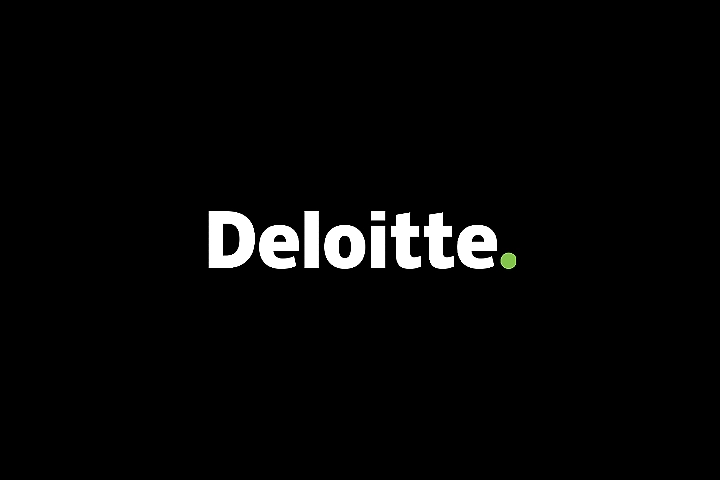Future of Screens: Four future scenarios for 2030
The visual interfaces of tomorrow
Future of screens
Screens in private use are already highly diverse; in terms of size alone, they range from smartwatches to huge flatscreen TVs. And with many innovations on the way, the number of different formats and device types will increase significantly in the coming years. This includes virtual and augmented reality glasses, folding screens, 3D holograms, and direct projections, e.g. onto car windscreens. Consumers will be able to use these displays to control their appliances as much as for enjoying media content. New screen types will also influence the presentation of the content itself: Storytelling, camera style, and content length will adapt to each format. In addition, stakeholder behavior – from hardware manufacturers to consumers and advertising agencies – will also shape developments.
Successful innovations, groundbreaking business decisions, consumer behavior: Where exactly these aspects are going remains an open question. The future of displays cannot be predicted with any accuracy, so how can companies decide on sensible preparations for the uncertainties of the future? The Deloitte Center for the Long View has made the scenario analysis approach its own and refined it. The Center experts analyze and extrapolate the most important drivers, then use these to develop four strikingly different foundational scenarios for the year 2030 and assess the likelihood of their occurrence. The results should not be considered forecasts, but plausible narrative reference frames for strategy planning, implementation, and monitoring.
Archetypes and actors
When it comes to the “Future of Screens”, the roles and situations of the different stakeholders vary noticeably from scenario to scenario. For greater discriminatory power, the Deloitte experts therefore first grouped the relevant stakeholders into six archetypes, which also provide an overview of the “Future of Screens” ecosystem:
- Hardware suppliers (OEMs)
- Digital platform companies
- Media companies
- App developers
- Advertising companies
- Consumers

The four scenarios: Drivers, uncertainties, and trends
The scenarios were developed from an extensive set of relevant drivers, which were assessed one by one. These factors were categorized into two key dimensions: How wide-spread are screens? Are they used more for consuming media or for controlling appliances?
As well as these uncertain factors, there are also some fundamental assumptions about trends that are certain to be relevant in every case:
- Extensive coverage with high-performance networks (5G, fiber optic, etc.)
- Increase in screen time for consumers
- Growth in private cloud applications leading to an expansion of the functional uses of screens
- Voice Control will generally establish itself as the new standard for user interfaces alongside touch input
The four scenarios as video
Three overarching fields of action
How can companies in the industry take these four scenarios into account in their strategic planning? What matters is not settling on one of the scenarios, because everything could turn out differently after all. However, each narrative makes clear what to expect in general. The experts at Deloitte derive individual catalogs of measures and options for action from them, which can be implemented and then adjusted based on real-time monitoring. Some conclusions can however already be drawn from the new study that highlight the issues that companies should pay particular attention to in the near future:
- Which new screen technologies will consumers adopt at all? Smart Glasses and VR headsets have existed for a while, but there has been little demand so far.
- What will attitudes towards data usage and regulation look like in the future? For platform operators, this is one of the most important topics of all. They will only get data consent from consumers if they are proactive and handle data protection sensitively, as well as offer their users added value.
- Companies in all sectors should take part in the development and promotion of open ecosystems. Progress and user-friendliness increase for all if each stakeholder contributes their specific skills.
If companies take these recommendations into account, they can create the foundations for a Future of Screens scenario that benefits all participants.


